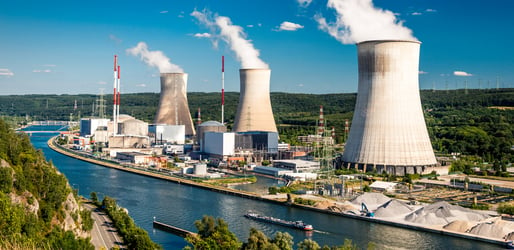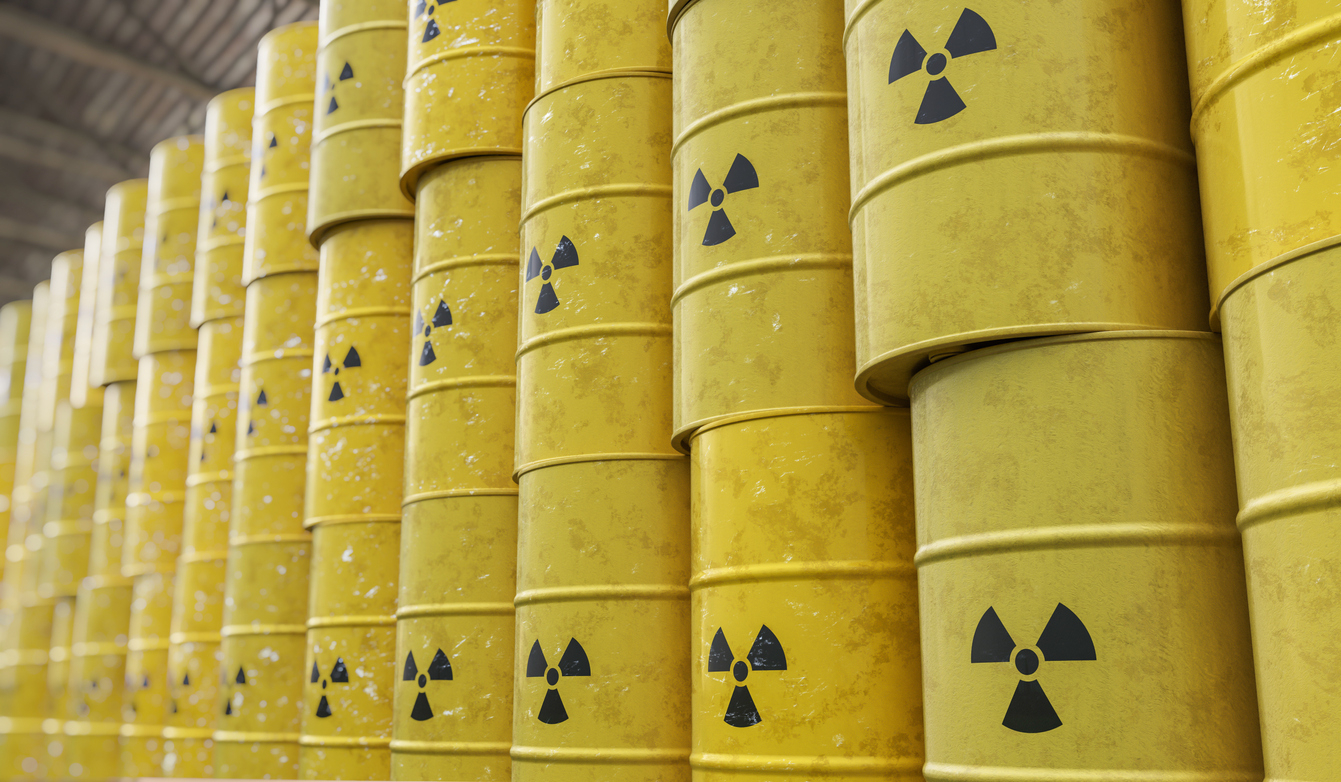Everything You Need to Know About Radiological Hazards and Food Safety
With the implementation of the Hazard Analysis and Risk-based Preventive Controls (HARPC) for human food regulation provision in the Food Safety Modernization Act (FSMA), all food and beverage manufacturers are required to have a food safety plan. This doesn’t just include standard food safety concerns around sanitation and hygiene — it must encompass radiological food hazards as well.
For an effective food safety plan in today’s landscape, it’s critical to determine how potential radiological hazards in food could impact your operation. To do this, you first need to understand the exact link between radiological hazards and food safety.
What is radiation?
Radioactivity is the term used to describe the natural process by which some atoms, such as Radium 228 and Uranium 235, spontaneously disintegrate, emitting both particles and energy as they transform into different, more stable atoms. While unstable isotopes tend to transform into a more stable state, radioactivity will decay.
Radiation refers to the particles or energy released during this decay such as neutrons, alpha particles, and beta particles, or waves of pure energy, such as gamma and X-rays. We are exposed to radiation daily, as it comes from space, electronic devices, and in the form of radionuclides (radioactive isotopes of elements) naturally present in the soil, water, and air.
How Radiological Food Hazards Impact Human Health
Certain geographical locations have a high natural presence of radioactive minerals, which may end up as radioactive isotopes in your food supply chain. Exposure to very high levels of radiation can cause severe health effects such as skin burns and acute radiation syndrome, which is commonly referred to as radiation sickness. It can also result in long-term health issues, such as cancer and cardiovascular disease. Low levels of radiation found in the environment do not pose immediate health risks, but they are a minor factor in the overall risk of cancer.
Mitigating Radiological Hazards in Food
When you assess potential radiological hazards in your operation’s hazard analysis, you should consider the source of water used in your manufacturing processes. Ask your potable source water for details or test it regularly to understand your potential risks.

Since the Radionuclides Final Rule was published on December 7, 2000, the Environmental Protection Agency (EPA) regulates radionuclides in drinking water to protect public health. This regulation sets new monitoring requirements for community water systems (CWS) to ensure customers receive water that does not exceed maximum contaminant levels (MCL) for radionuclides in drinking water.
Radionuclides can also be released in the environment by accident from a nuclear facility reactor, as happened in Fukushima, Japan after the 2011 accident. Therefore, agriculture, food, feed, forestry, and fishing are at risk of radiological contamination.
Protecting the public from radiological food hazards begins with HACCP
If you want to evaluate possible radiological hazards, successfully understand these risks, and remove them from your foods, you may have to dig into your food supply chain to identify the sources of your product, including raw materials, ingredients, and packaging materials.
Following the HACCP framework is critical to successfully managing this investigation and identifying all control points. In AIB International’s HACCP Online Training, you’ll learn exactly how to identify food safety threats — including radiological food hazards — and implement science-based controls to maintain integrity.


